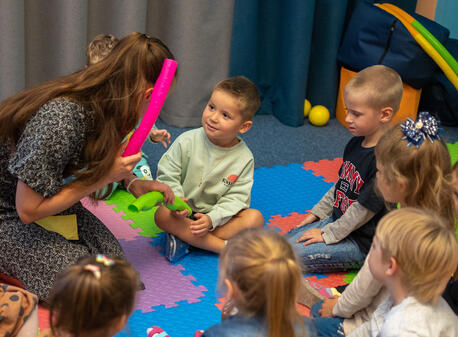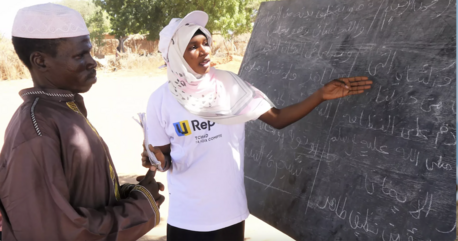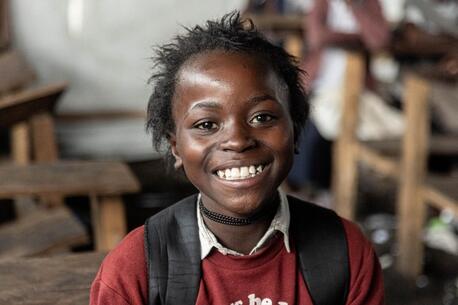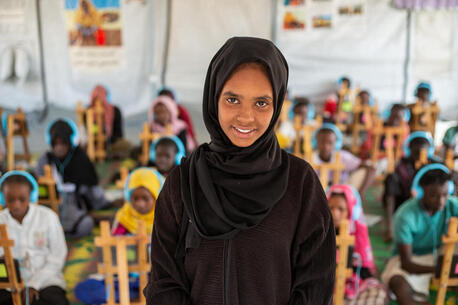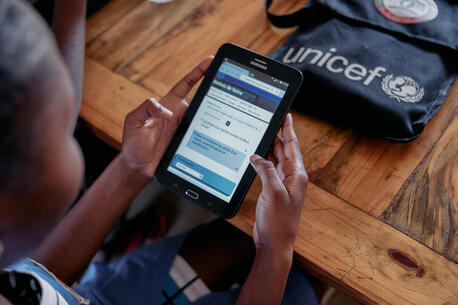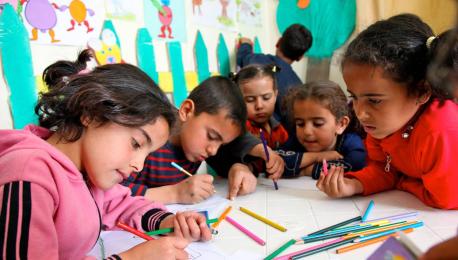
Child-Friendly
Schools
Quality education allows every child to reach their full potential.
Responding to every child's needs
Every day, more than one billion of the world's children go to school, inside buildings, in tents or under trees. UNICEF is committed to ensuring that learning environments are safe and healthy — free of discrimination and free of physical obstacles yet full of competent teachers and inspiration.
UNICEF understands that schools are not 'one-size-fits-all' institutions. To help schools improve and better accommodate the varied needs of their students, UNICEF has created an educational model that guides its programmatic work.
Principles behind UNICEF's child-friendly school model
UNICEF's child-friendly school model promotes inclusiveness, gender-sensitivity, tolerance, dignity and personal empowerment. It is based on the following principles:
- Schools should operate in the best interests of the child.
- Educational environments must be safe, healthy and protective.
- Classrooms should have trained teachers and adequate resources.
- Children's rights must be protected, and children's voices heard.
Education in emergencies and after disaster
Together with partners, UNICEF works to improve access to quality education according to this child-friendly model for children all around the world — including children in emergency situations. The approach is an important component of disaster recovery and helping communities build back better. The specifics may differ from country to country, but the common denominator is the focus on providing child-centered, rights-based, quality education.

